Now that you know why remote product development is the way to go and how you can find the ideal remote team, let’s get to the main picture.
How to get started with remote product development!
Remote development is not rocket science. The process is very similar to a product development taking place in your own office; just the setting is remote.
However, there can be two different approaches you take for remote product development. These are:
- End-to-end Product Development
- Onboarding Into Existing Project
So, let’s talk about both these approaches individually to offer you a guided approach to building your next product remotely.
End To End Product Development
The first step is when you are starting out from the scratch. You have a product idea in mind and are looking to get an end-to-end product development. In such a case, you join hands with a software outsourcing company and get the complete product managed. Here is a gist of the complete development approach that follows when you hand over your product for complete development from the scratch.
-1.png?width=1169&name=ProductDev-Process-img%20(1)-1.png)
#Step 1
Ideation & Analysis
The first step to any product development is to understand the product idea and analyze them before kick-starting the project. Once you have discussed the product idea with your remote team, they brainstorm together to club expertise. The product owner, developers, QA teams, UI/UX experts, technology experts, and other members of the team come together to generate fresh ideas and add innovation to the product.

You can get some out-of-the-box ideas for your product that can increase the innovation potential of your product. Set up virtual meets and have them pass on all the ideas on a virtual sharing board to brainstorm better.
#Step 2
Market Research
The entire remote product team also analyzes the market demand, the competition, and the latest trends in the market to make your product more market-fit. It also allows the identification of opportunities and to think differently about the product to foster creativity and innovation. An astute product development team would start with establishing the needs of your product in the target market and finding new opportunities. It can tell you what new features can be added to your product as per the needs of your buyer personas.

The proper market research gives validation to your ideas through the feedback from the target audience. It helps you gain an edge over the competitors with your latest product development.
#Step 3
Creating A Product Roadmap
The next step in your product development is the creation of a roadmap. This tells the strategic direction in which the product development work would flow. This would tell everything from the reason you are building the product to what you wish to accomplish and how it would help others. This is more like a visual summary for your product development process. It will help you stay on track with the process, which might get overwhelming at times.
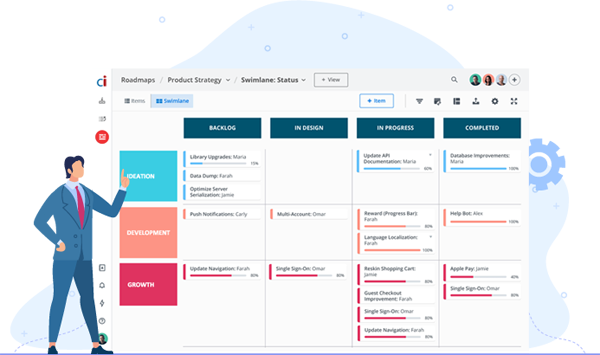
The remote product development team would create a roadmap with the stories, themes, epics, features, and timelines, and other important things. It could have the planned, in-progress, and completed section along with work assigned for each member in different colors to stay clear. Reference image
#Step 4
Selecting the Best Technology Stack
The next step taken by any remote product development team is to select the best technology. With so many new technologies, frameworks, and versions of existing technologies rolling out each day, it might be overwhelming for you to find which one would be right for the kind of product you have in mind. There are different things that the team assesses to find the right technology.

-
They go through the product requirements, features, and implementations that might be needed
-
Cost of the developer for that technology
-
Time to find technology resource
#Step 5
MVP Development
Instead of exhausting your entire budget and resources on a product without affirmation from the customers, you can get product-market validation from a prototype. An MVP or minimum viable product is the bare mining of your product with the core features that are required for it to tell your business model. Many startups like Uber, Airbnb, Spotify, Facebook, etc., get their MVP developed first and these rise to become market dominants.
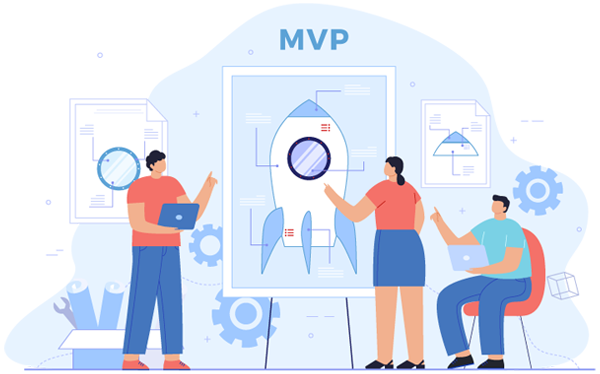
With an MVP or product prototype, you get to launch a product faster with much less of the budget and test it on the early adopters. As per their insights and feedback, you can implement newer changes as you scale or pivot your business model to suit the market requirements better. It lets you experiment better with the product and move on with a product that has market validation.

#Step 6
Final Product Development
This is the step when your product prototype gets developed into a full-fledged product that is ready to engage, delight, and sell.
The remote team dedicatedly works on the prototype, adds new features, integrates it with the latest functionalities, and makes it more user-friendly. The UI-UX teams, programmers, project managers, technical writers, and other architects and engineers come together to build your remote product that lives up to your expectations. It is imperative that the team implements agile product development practice to deliver a product that has undergone multiple iterations as per the sprints.

Whatever new feature is to be added to the product, APIs are to be added, everything is done in this phase. There are different sprints involved in the product development. Each sprint has different goals and objectives which need to be completed by the end of the time period (usually 2 weeks). This development phase calls for collaboration with the remote product development team on a daily basis or after each sprint (as per the level of involvement you want).
Not just iterations as per your feedback, the product is also tested rigorously by the QA and testing engineers of the remote product development team to ensure quality and performance.
#Step 7
Delivery & Promotions
Many people feel that the hard work is all over once you have developed the product. But the truth is far from this thought. You cannot expect a product to succeed until it is not properly launched and marketed among your target audience. Whether you have created a product for your internal operations or will target an external user base for it, the right form of delivery is what makes the product a success.

You can either get your marketing & sales stakeholders in collaboration with the remote product development team or handle this work also to some remote marketers. Many companies even offer the marketing team to promote your product even before it is launched. This gives you a stronger start as these teams can align together to know about your product and market it better and more effectively.
Onboarding Onto An Existing Project
Now, there are many companies that have already started with their product development. However, in the middle of their project, they need a team of experts to complete the development. It could be either to scale the product, develop full-fledged product from MVP, or any other requirement. Joining hands with an outsourcing product development company can help you skyrocket your product and build a successful product faster.
#Step 1
Define What What You Want
The first step to getting your product developed from an outsourcing product development company is to discuss around the product. You need to define what you really want from the remote team before jumping the bandwagon. Everyone should be on the same page once the development starts or everything could turn haphazard.
.png?width=536&name=remote%20product%20development-%20Classic%20Informatics%20%20(12).png)
- Have a clearly defined scope
- Brief them about the business objectives
- Clearly tell them the requirements
- Share the expected outcome from the project
It is important to have a clearly defined scope so that both the parties are clear about the services. Have a written proposal and get a clear outsourcing contract formed to avoid any miscommunication. You can go through your product development roadmap and state them the step you are on so that transferring the project to the outsourcing vendor.
#Step 2
Knowledge Transfer
The company you join hands with needs to get accustomed to your project and the progress it has made so far. Knowledge transfer is an important step when you are onboarding a new team for your product development. Define the people who would transfer the knowledge and receive the knowledge. The existing CTO, project manager, or scrum master might be required to transfer the knowledge of the project.
.png?width=536&name=remote%20product%20development-%20Classic%20Informatics%20%20(11).png)
-
You could have done some research around the product or even have an MVP up and running in the market. Let them know everything around the research you have done or the data that you have collected.
-
Some important things to share would be Deployment guidelines, workflow for software development, tools, techniques, roadmap, user stories, test cases, and all other things.
-
There could be technical documents, you might need to hold QA sessions, live demos of the existing MVP, or even need one-on-one meetings.
#Step 3
Project Continuation
The first two steps are the most important when you are onboarding a remote product development company for your product. Once you have defined your expectations clearly and have transferred the knowledge with the team, you can get the product development work started.
.png?width=536&name=remote%20product%20development-%20Classic%20Informatics%20%20(13).png)
They can take over the product development from where you have defined in the roadmap and help you take your idea to fruition. Sprints can be created and the development work can initiate.
You can expect the remote development company to bring expertise to the table and put in their best foot front to transform your idea into a full-fledged product. Product delivery, launch, promotion, and marketing would follow similar to the steps stated above in end-to-end product development.
Once the product is successfully launched, the remote product development team also maps the user behavior and collects feedback from the user so that the development team could continue to improve the product and add new features as your users expect.
 Healthcare Empowering Patient Care
Healthcare Empowering Patient Care SaaS & Tech Innovating Scalable Solutions
SaaS & Tech Innovating Scalable Solutions FinTech Secure. Smart. Scalable.
FinTech Secure. Smart. Scalable. Logistics & Transportation Optimizing Supply Chains
Logistics & Transportation Optimizing Supply Chains Retail & E-commerce Personalizing Shopping Experiences
Retail & E-commerce Personalizing Shopping Experiences Hospitality & Travel Enhancing Guest Journeys
Hospitality & Travel Enhancing Guest Journeys Partners Partnering Innovative Futures
Partners Partnering Innovative Futures




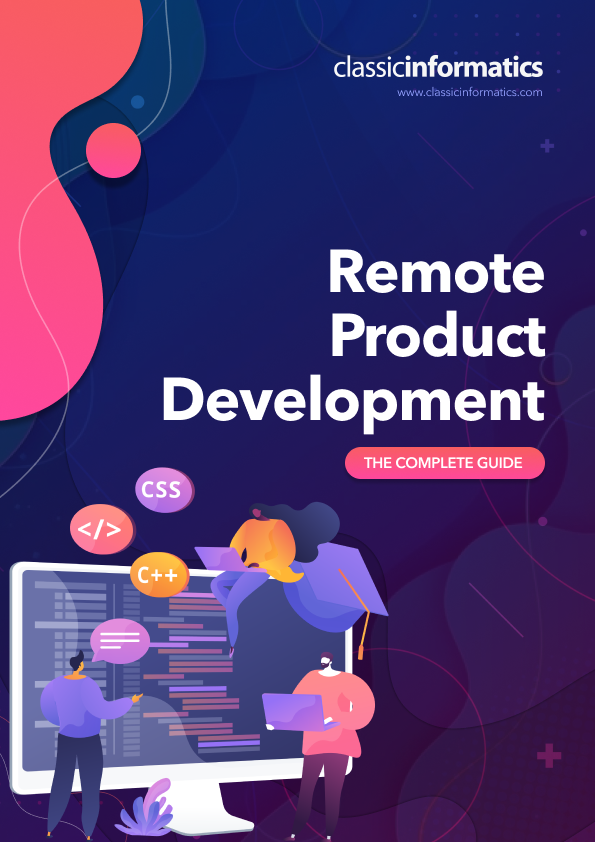

.png?width=536&name=Slide-1%20(3).png)


.jpg?width=536&name=4%20(1).jpg)
.jpg?width=1000&name=1%20(1).jpg)
.png?width=1000&name=image%20(52).png)
.png?width=536&name=remote%20product%20development-%20Classic%20Informatics%20%20(8).png)


.png?width=1000&name=image%20(51).png)
.jpg?width=1000&name=2%20(1).jpg)


.jpg?width=1000&name=3%20(1).jpg)








.png?width=536&name=remote%20product%20development-%20Classic%20Informatics%20%20(7).png)

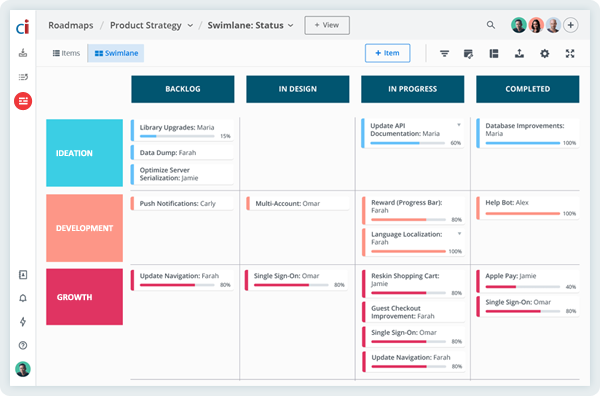
.png?width=536&name=remote%20product%20development-%20Classic%20Informatics%20%20(9).png)
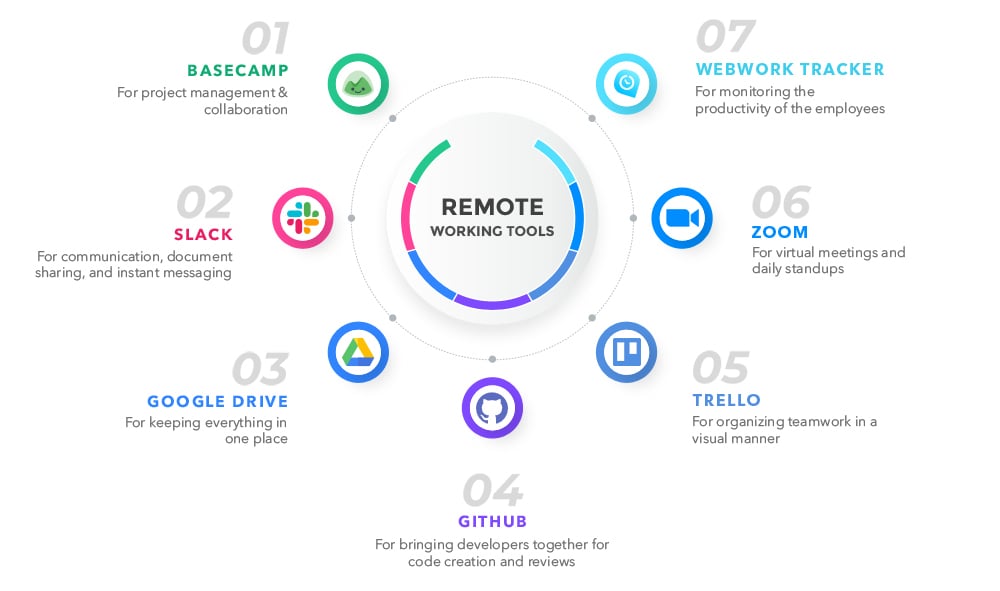
-1.png?width=1169&name=ProductDev-Process-img%20(1)-1.png)








.png?width=536&name=remote%20product%20development-%20Classic%20Informatics%20%20(12).png)
.png?width=536&name=remote%20product%20development-%20Classic%20Informatics%20%20(11).png)
.png?width=536&name=remote%20product%20development-%20Classic%20Informatics%20%20(13).png)


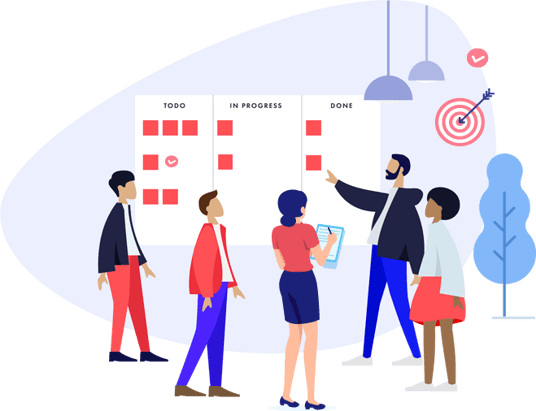

%20(1).jpg?width=103&name=swati%20image%20(1)%20(1).jpg)




